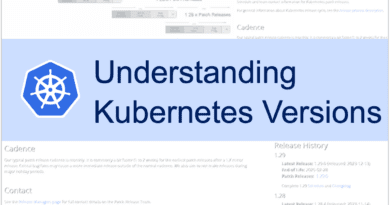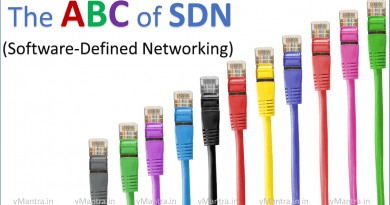Digital Voice Assistants
Digital Voice Assistants
Change is the only constant! Technologies are evolving very rapidly these days offering many things to us which were earlier not there. Nowadays time is definitely a scarce resource as we got to do various tasks at a time, out of which some of them are actually not that productive. Overcoming these unproductive areas of our day to day life has always been a big question.
Hence one of the biggest breakthroughs has been the Digital Voice Assistants, which is available as a service with modern smart home devices, mobile platforms and on the cloud. Digital Voice Assistant is used to delegate our day to day regular tasks so that the user can utilize that time for some other productive work by offloading regular tasks to it. It listens and responds back with the help of Artificial Intelligence to user’s queries/commands as and when needed. The tasks could be to control the home appliances, switch on/off the light, read the news/books/emails, book a cab, play songs etc, the list doesn’t end here. it also allows us to create our own skills as per our requirements and save plenty of our time from regular activities.
How it works
Digital Voice Assistants understand user command and respond accordingly. It is an enhanced version of Virtual Assistant technology and works with the help of Natural Language Processing (NLP) and Speech Recognition technologies.
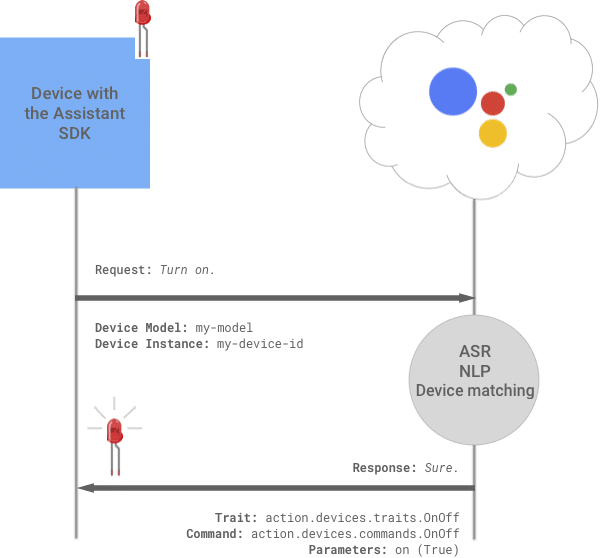
Natural Language Processing (NLP) and Speech Recognition technologies empower the Computer system to make sense out of the spoken word /phrases, which are otherwise not understandable by the Computer system without these technologies. Here Speech Recognition puts spoken data words into text format, which is then evaluated by Natural Language Processing (NLP) and that understands the actual objective behind it.
Available options
There are many companies exists in the market which offers Digital Voice Assistant technology in their devices and makes users life easier but the major players are:
- Alexa by Amazon
- Google Assistant by Google
- Siri by Apple
- Cortana by Microsoft
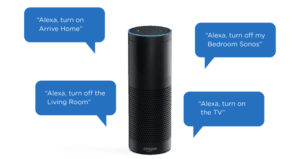
Alexa
Amazon’s smart assistant Alexa is accessible through Amazon Echo speakers also through Amazon’s Fire tablets and Fire TV. Alexa is available on the widest variety of devices in terms of design. Amazon provides many Alexa-enabled designs, including speakers.
There are also some third-party smart speakers and other devices in the market that support Alexa are, the Sonos wireless speaker, Ultimate Ears Megablast speakers, Altec Lansing VersA Smart Portable speakers and the Garmin Speak Plus Dash Camera.
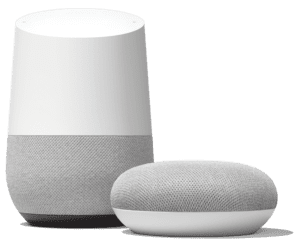
Google Assistant
Assistant by Google runs on all Android and iOS devices and Chromebooks as well. Google has home automation series consists of Google Home speakers, including Google Home Mini, Google Home and Google Home Max, these all are set up to use with Google Assistant.
![]()
Siri
Apple’s Siri can be accessed on nearly any Apple device, including its laptops, desktops, phones and tablets, and smartwatches. Apple also provides its own speaker, the HomePod.
Cortana
Cortana by Microsoft is another virtual assistant which is downloadable on Android and iOS devices, it also runs on the windows machine, Microsoft revealed Harman Kardon invoke speaker which has built-in Cortana virtual assistants.
Conclusion
In this blog, we have just introduced the very basic features of this technology and its few usages but there are millions of possibilities. Where voice assistant can improve the life of a home user, on the other hand, corporates are focusing on the use cases of digital voice assistant and their research and development teams are working on latest solutions as it could be a magic stick to generate revenues.
Thanks!!
Check out some more blogs:
- Configuring AWS Greengrass Core on VMware vSphere
- Deploying AWS Greengrass on VMware vSphere
- VNF Manager vs NFV Orchestrator (VNFM vs NFVO)
- Network Functions Virtualization (NFV)
- What is Hyper-Threading?
- Virtual Networking in VMware Workstation
If you like my blogs Please Share…
–
Jyotsna


